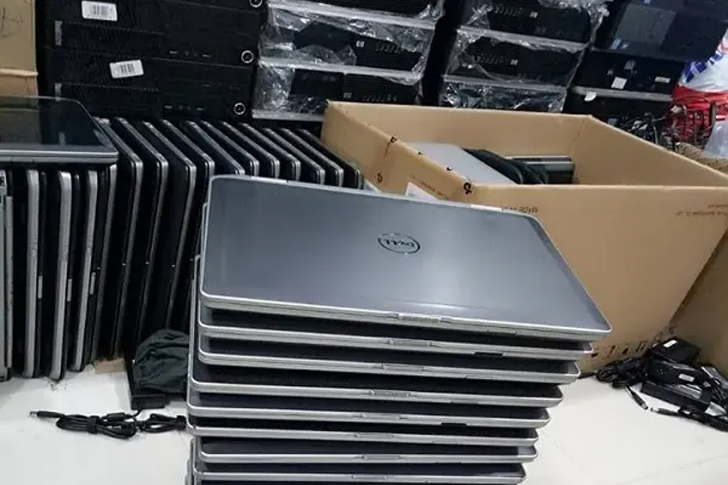Surplus Laptops and Tablets Available for Distribution
In an age where technology is increasingly integral to every aspect of daily life, access to digital tools is essential. Fortunately, the increasing availability of surplus laptops and tablets presents an opportunity to bridge the digital divide. Education systems, nonprofits, and various governmental programs around the globe are finding ways to distribute these surplus devices to those in need, helping to empower individuals and foster educational and economic opportunities.

Understanding the Surplus: Where Do These Devices Come From?
Surplus laptops and tablets typically come from several sources. Large corporations often update their IT equipment every few years and donate old but functional devices. Additionally, leasing programs for electronics lead to a steady flow of devices that are no longer in use. Educational institutions upgrading their equipment also contribute to the surplus, as do government offices following IT infrastructure upgrades.
These devices, though not the latest models, are usually more than capable of handling everyday tasks like web browsing, word processing, and video conferencing. Importantly, before redistribution, these devices are refurbished to ensure they function well and that all the previous data is completely erased, ensuring user safety and privacy.
Global Efforts in Distributing Surplus Devices
Several organizations globally are involved in the collection, refurbishment, and distribution of these surplus devices. For example, in the United States, the nonprofit Computers with Causes reconditions donated computers and distributes them to schools, needy families, and veteran organizations. In the UK, the charity Computer Aid International has provided over 260,000 refurbished computers to educational institutions and nonprofits in more than 100 countries since its inception.
These efforts not only help reduce waste but also play a crucial role in promoting digital inclusion. According to the Pew Research Center, about 30% of adults with household incomes below $30,000 a year don’t own a smartphone, and nearly half don’t have home broadband services or a traditional computer. By providing access to these essential tools, these programs help bridge the significant digital divide affecting underprivileged communities.
The Impact on Education
Education is one of the sectors most positively impacted by the distribution of surplus laptops and tablets. With the shift towards digital learning environments, particularly highlighted during the COVID-19 pandemic, having a device at home has become nearly essential. A report by UNESCO suggests that over 1 billion students were affected by school closures, highlighting the urgent need for digital solutions for remote learning.
Providing students with laptops and tablets helps ensure that they can participate in online classes, access educational resources, and continue learning outside the traditional classroom setting. This is particularly crucial in rural and low-income urban areas where students may not have regular access to such technology. The distribution of surplus devices can play a pivotal role in leveling the educational playing field.
Challenges and Opportunities
Despite these benefits, the process of distributing surplus laptops and tablets is not without challenges. Logistics, funding, and ensuring the digital literacy of recipients are significant hurdles. Moreover, devices need regular maintenance and sometimes require repairs, which can be a barrier for non-profits operating with limited resources.
However, the opportunities outweigh these challenges. For instance, companies donating their used devices can receive tax deductions, contributing to an ROI even after the asset has depreciated. Such practices are also aligned with corporate social responsibility goals, boosting company reputation. On a broader scale, reducing e-waste through refurbishing and recycling electronics plays a critical role in environmental sustainability.
Conclusion: Expanding Horizons Through Technology
The availability of surplus laptops and tablets has opened new horizons for individuals worldwide, particularly those from economically disadvantaged backgrounds. By transforming potential electronic waste into valuable educational and economic resources, the programs driving these efforts help not only individuals but society at large. As technology continues to advance, the importance of such initiatives remains clear, providing the tools for all to participate in an increasingly digital world.
For anyone interested in either donating or receiving surplus technology, contact local educational institutions, nonprofits, or check online platforms dedicated to such causes. By contributing to these efforts, whether by donation or organization, you can make a tangible difference in decreasing the digital divide and promoting digital literacy across the globe.







Recent Comments